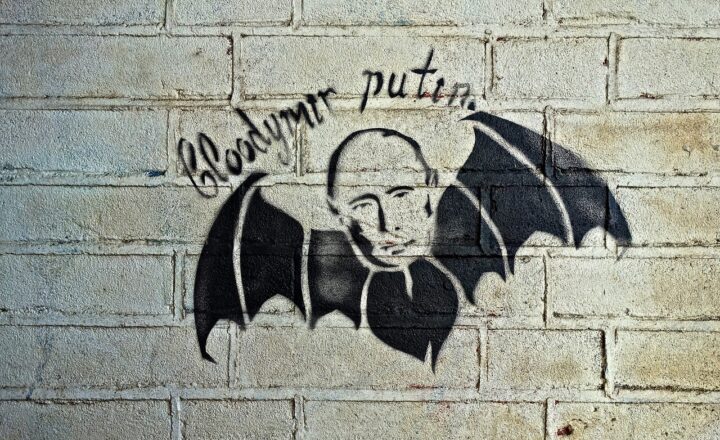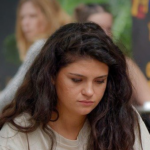Decoding the 80s: Pop Culture Phenomena That Define a Generation
November 19, 2024

The 1980s was a vibrant decade, bursting with unique trends, innovative ideas, and pop culture phenomena that shaped a generation’s identity. Music, fashion, movies, television, and social movements significantly influenced the era, creating an atmosphere of both nostalgia and transformation.
1. The Musical Revolution of the 80s
Music in the 80s was a vivid tapestry woven with the sounds of rock, pop, hip-hop, and new wave. Artists like Michael Jackson, Madonna, Prince, and Bruce Springsteen dominated the scene.
**Key Highlights:**
– The Emergence of MTV: Launched in 1981, MTV revolutionized how music was consumed. For the first time, music videos became a crucial vehicle for promoting artists, leading to the rise of visual storytelling in music. Hits like “Thriller” and “Like a Virgin” not only topped charts but also became cultural touchstones.
– The Rise of Hip-Hop: Hip-hop was born out of urban cultures, with artists like Run-D.M.C., LL Cool J, and the Beastie Boys changing the music landscape. The genre began to gain mainstream recognition, paving the way for future artists and the mega genre we know today.
– Rock anthems that defined the times: Bands like Guns N’ Roses, Bon Jovi, and U2 provided anthems for a generation, with hits like “Sweet Child O’ Mine,” “Livin’ on a Prayer,” and “With or Without You” resonating deeply with fans.
The exciting mix of music styles created a cultural phenomenon that defined a decade and continues to influence artists today.
2. Television and the Rise of Sitcoms
The 1980s saw a golden age of television sitcoms, with many shows leaving a lasting impact on small screen storytelling. Much of the humor reflected an era of change while tackling social issues.
**Noteworthy Sitcoms:**
– The Cosby Show: This groundbreaking show was a trailblazer in representing a successful African American family, confronting stereotypes, and bridging cultural divides with humor.
– Cheers: Set in a Boston bar, the show examined love and relationships among friends, featuring an ensemble cast that became iconic.
– Family Ties: This series tackled generational conflict through the lens of a liberal family contrasted with their conservative son, Alex P. Keaton, played by Michael J. Fox.
These shows not only entertained audiences but also served as mirrors to society, addressing relevant social topics that engaged viewers on a deeper level.
3. The Fashion Statements of the 80s
Fashion in the 1980s was bold, brassy, and often outrageous. The decade embraced a mix of flamboyance and rebellion, leading to styles that have seeped into modern trends.
**Defining Fashion Trends:**
– Neon Colors: From leg warmers to bright accessories, neon colors became synonymous with 80s youth culture. Influencers like Cyndi Lauper embodied this vibrant attitude.
– Power Suits: Women entering the workforce embraced the power suit, often with oversized jackets and shoulder pads, symbolizing independence and authority.
– Denim and Leather: Denim jackets and leather pants became staples for the rebellious youth, highlighted by rock stars and MTV artists.
The 80s fashion scene was a stunning reflection of the decade’s spirit—bold, unapologetic, and innovative.
4. The Cinematic Explosion
Films from the 80s shaped a generation. From action-packed blockbusters to teen coming-of-age stories, movies offered escapism and cultural references that are still appreciated today.
**Iconic Films:**
– Star Wars: The Empire Strikes Back (1980): This sequel solidified the Star Wars franchise’s popularity and influence, introducing unforgettable characters and iconic moments.
– The Breakfast Club (1985): John Hughes’ classic captured the essence of teenage angst, bringing diverse characters together in a way that spoke to youth of that era.
– Back to the Future (1985): This thrilling time travel comedy featured innovative storytelling and invented a beloved franchise revered by fans across generations.
These films not only entertained but also addressed societal themes, making them culturally significant works of art.
5. Technological Innovations and the Birth of Video Games
The 80s marked a significant turning point in technology—most notably, the rise of personal computers and video games, which laid the groundwork for the digital age.
**Game-Changing Innovations:**
– The Home Computer: The Apple II and Commodore 64 introduced home computing to the masses, igniting widespread curiosity and creativity in technology.
– Video Game Revolution: The popularity of arcade games like Pac-Man and console systems such as the Atari 2600 transformed gaming into a mainstream entertainment industry.
– The Introduction of VHS: The VHS format changed how people consumed movies; for the first time, families could watch films at home, significantly impacting cinema and entertainment distribution.
These developments laid the foundation for the technological advancements we enjoy today, paving the way for an interconnected world.
6. Enduring Impact of the 80s
The cultural phenomena of the 1980s created lasting impressions across various facets of life. Today, these echoes can be felt in modern music, film, fashion, and social movements.
**Legacy:**
– The exploration of individuality and expression in music continues to inspire artists.
– Nostalgic revival of 80s fashion trends shows the genre’s timeless allure.
– The representation of complex social themes in television and film laid groundwork for aspiring storytellers today.
In conclusion, the 80s weren’t just a decade of distinctive culture; they were a formative period that defined a generation’s identity. The multifaceted influences continue to shape our world—a testament to the enduring legacy of a pivotal time in history.








